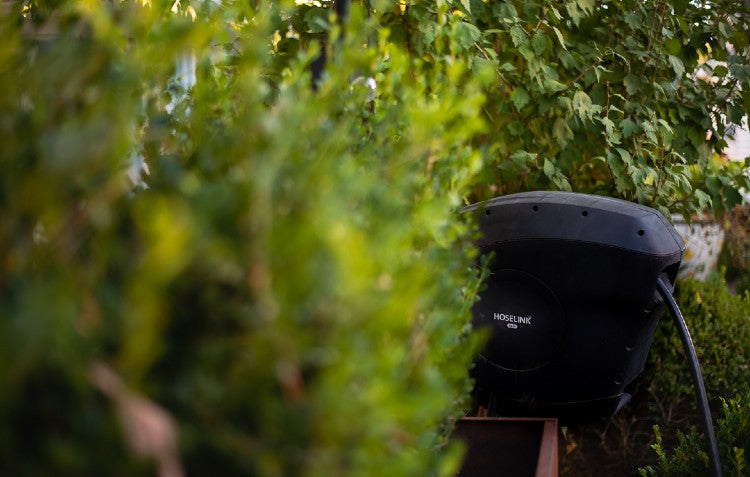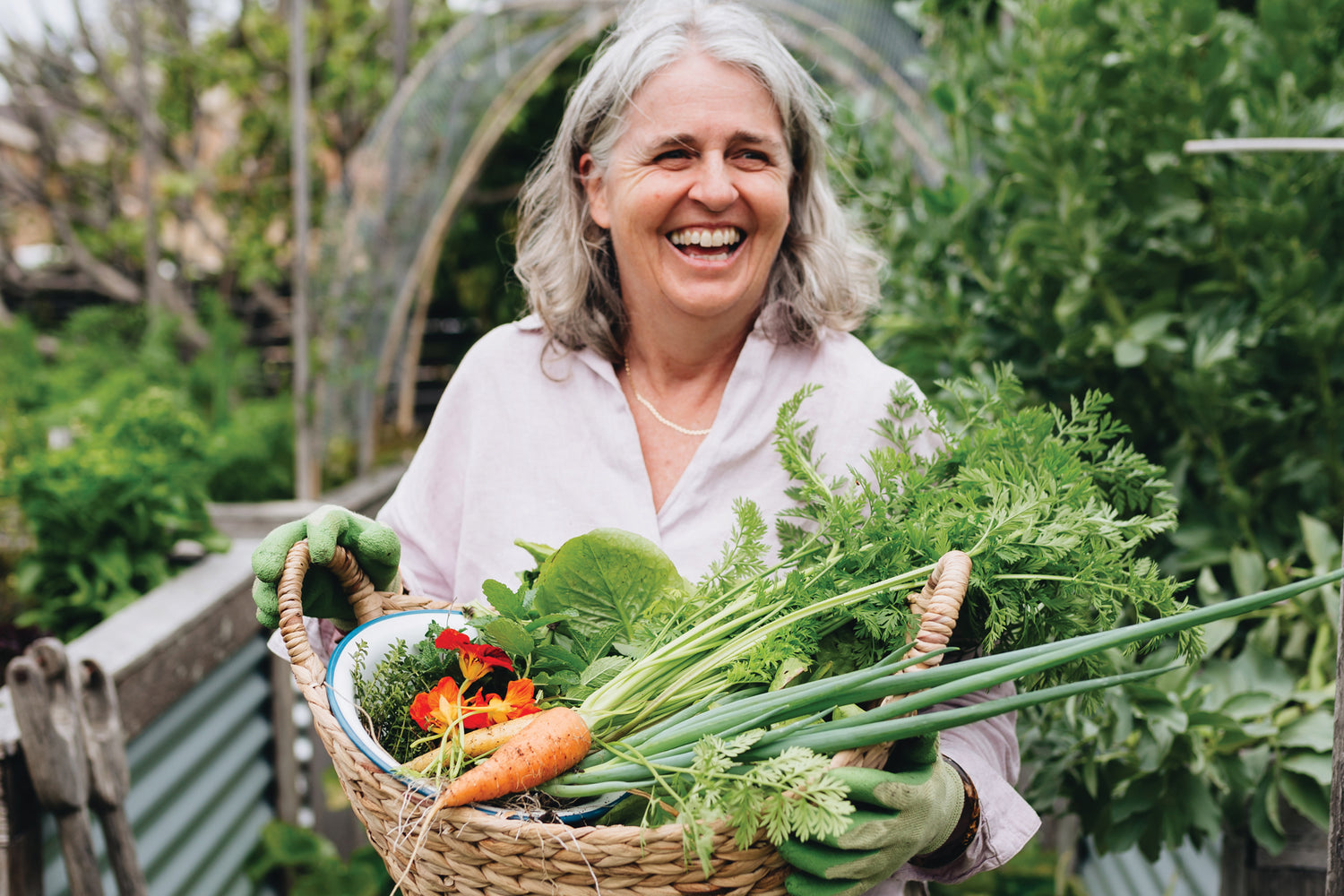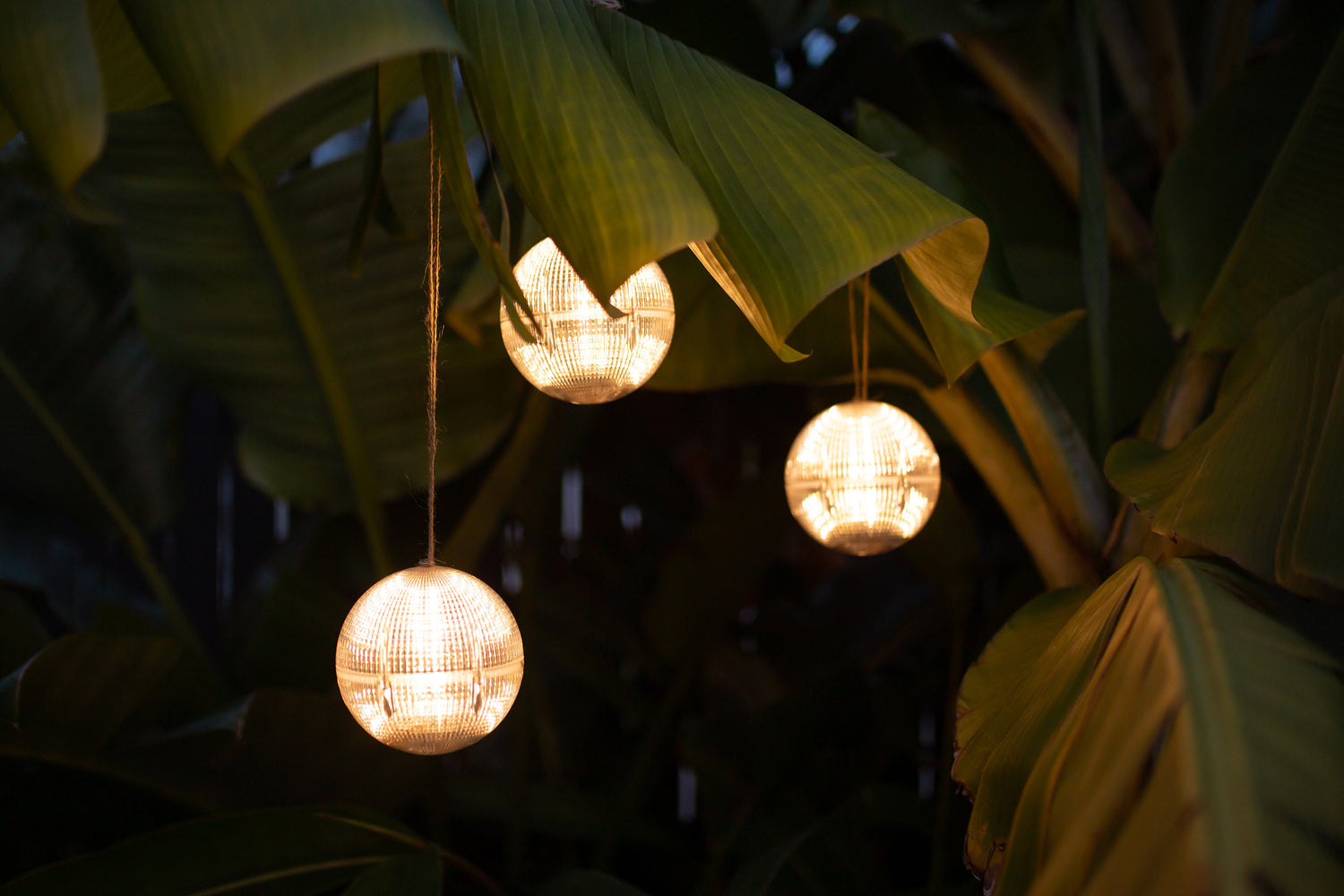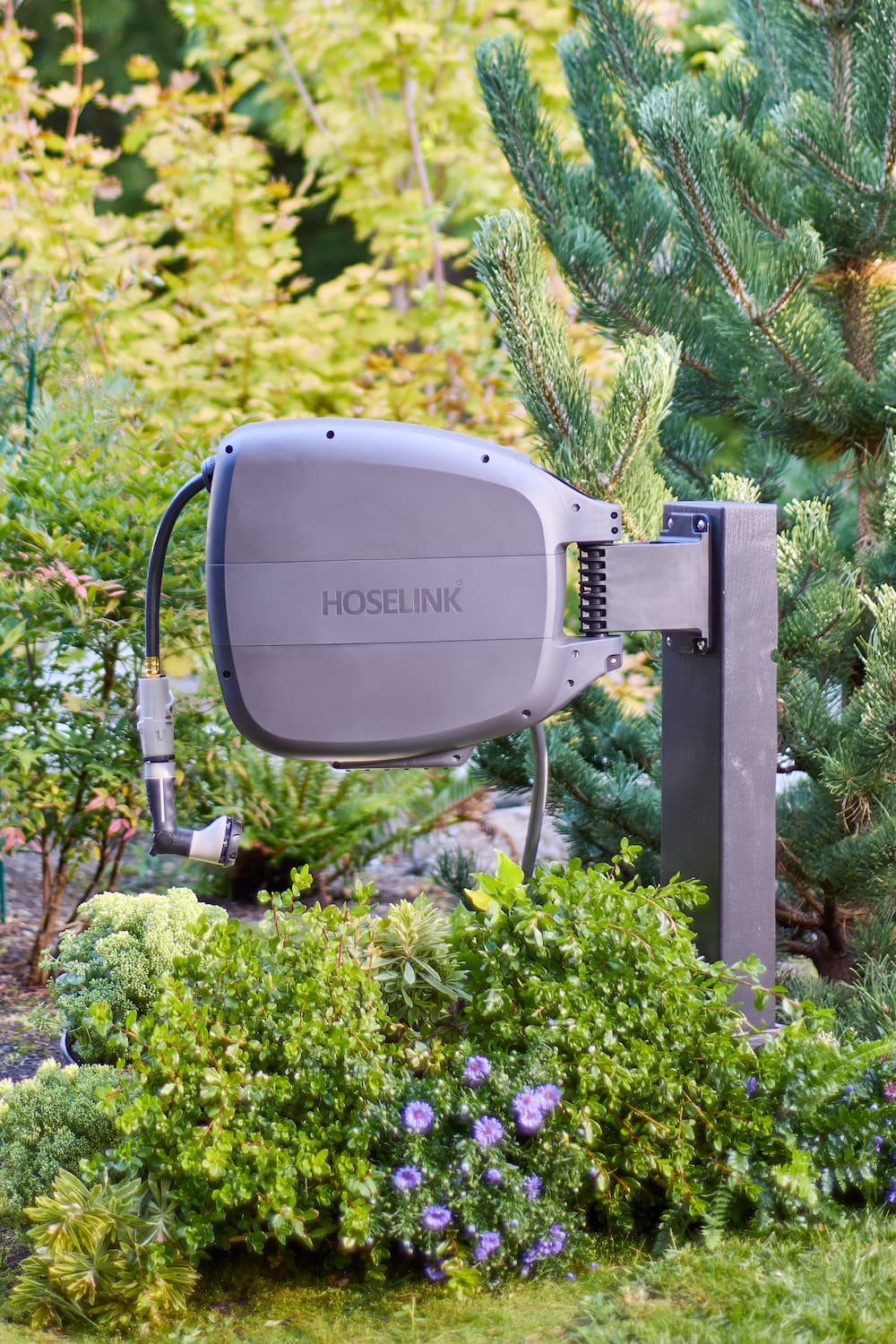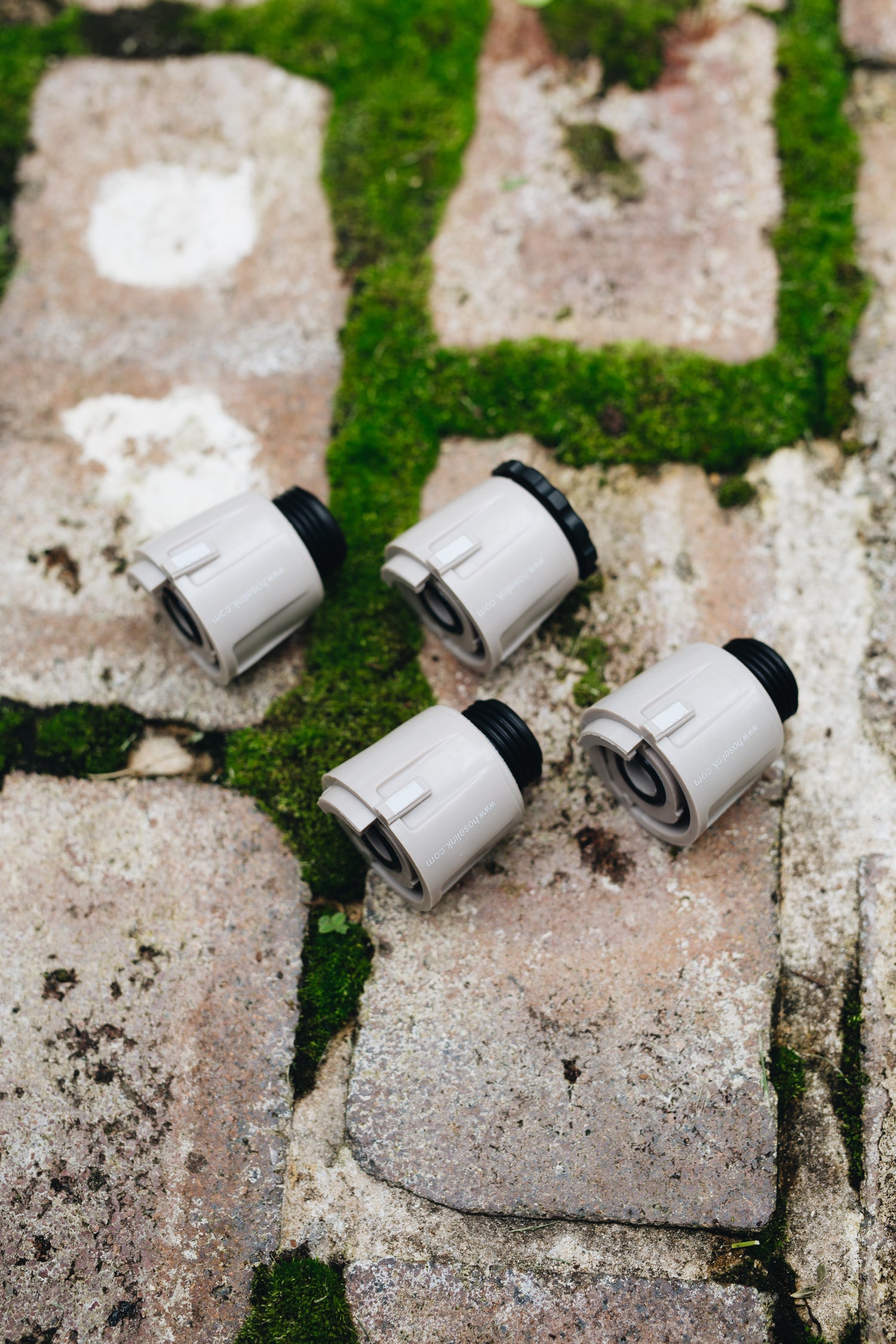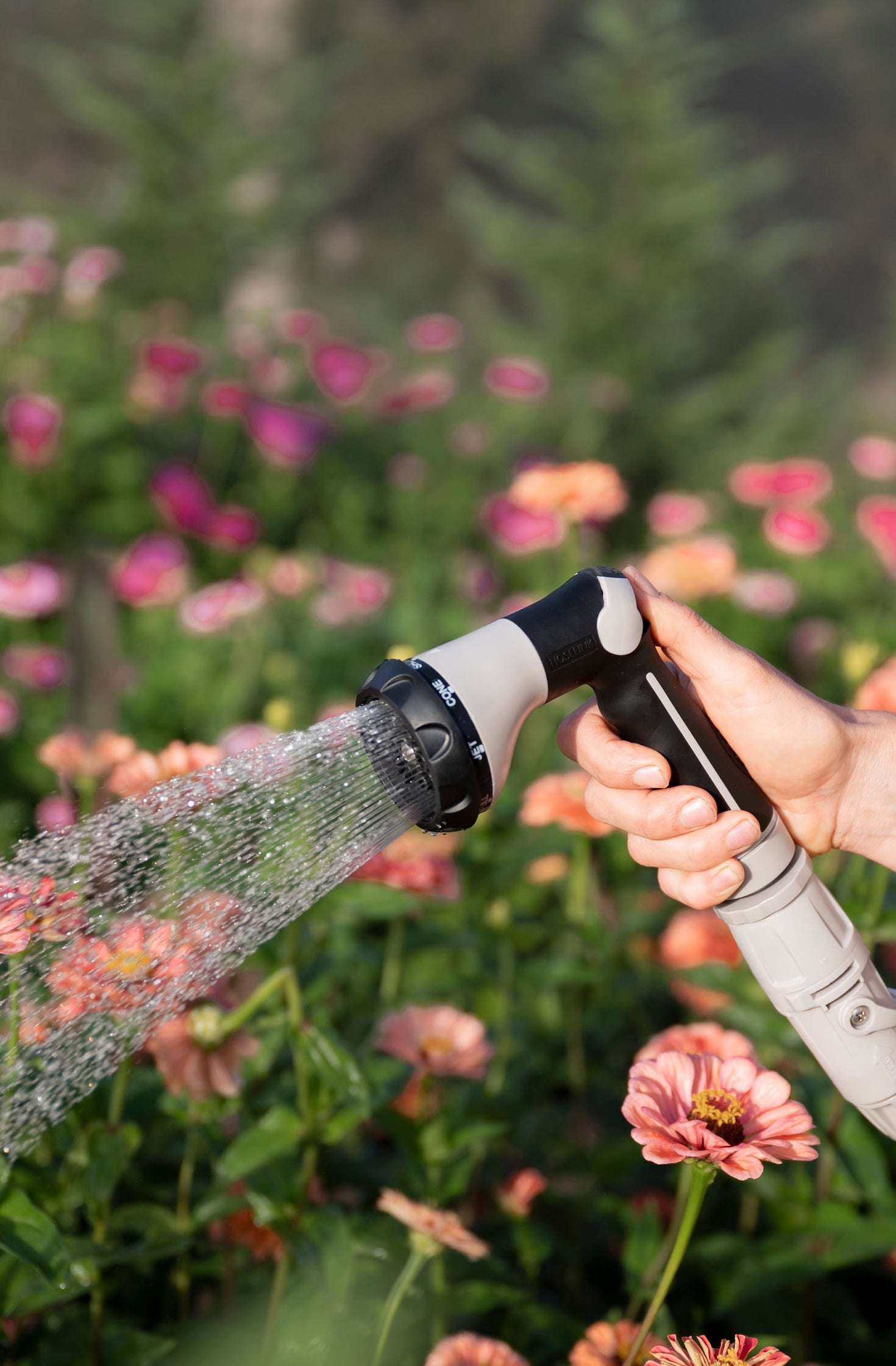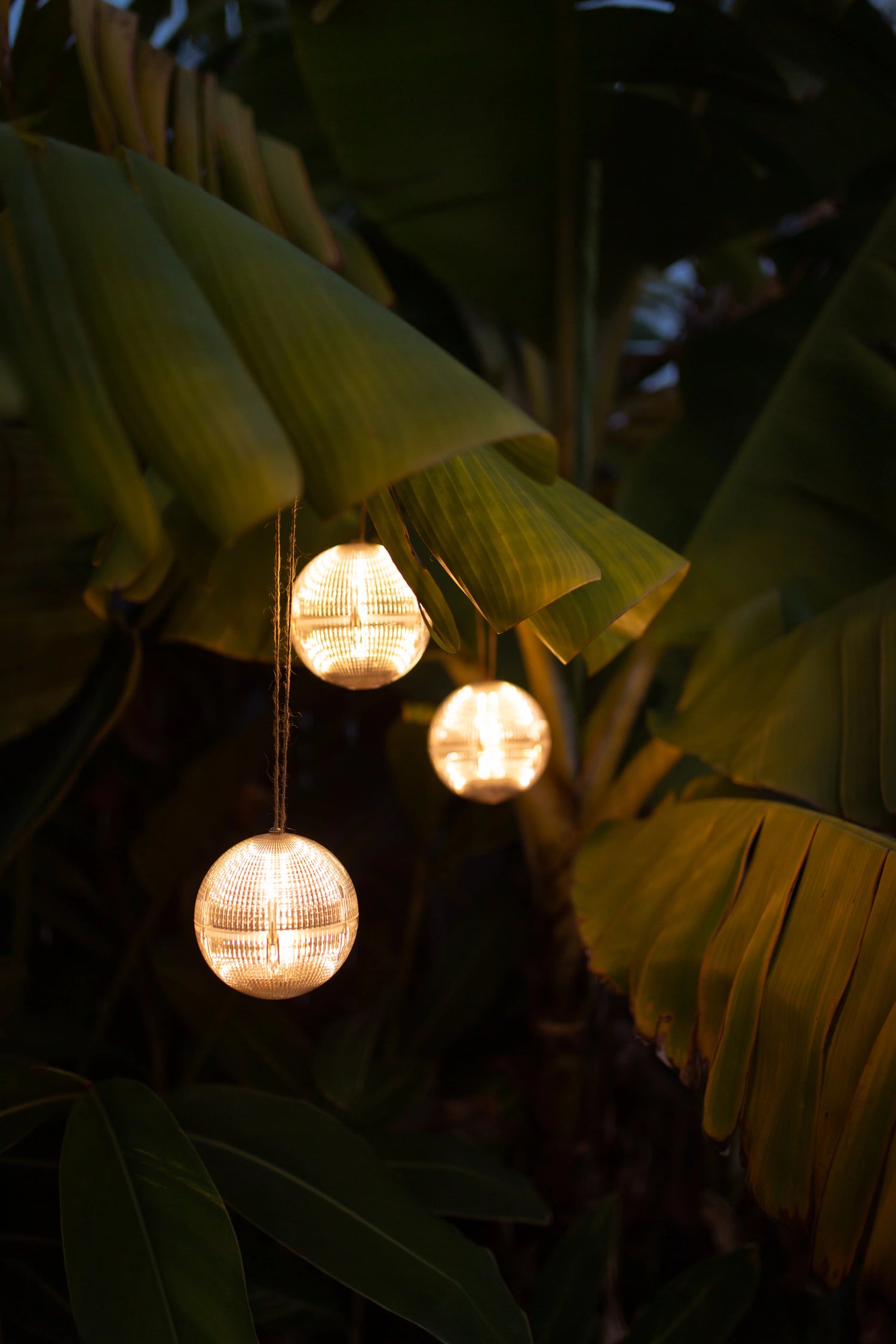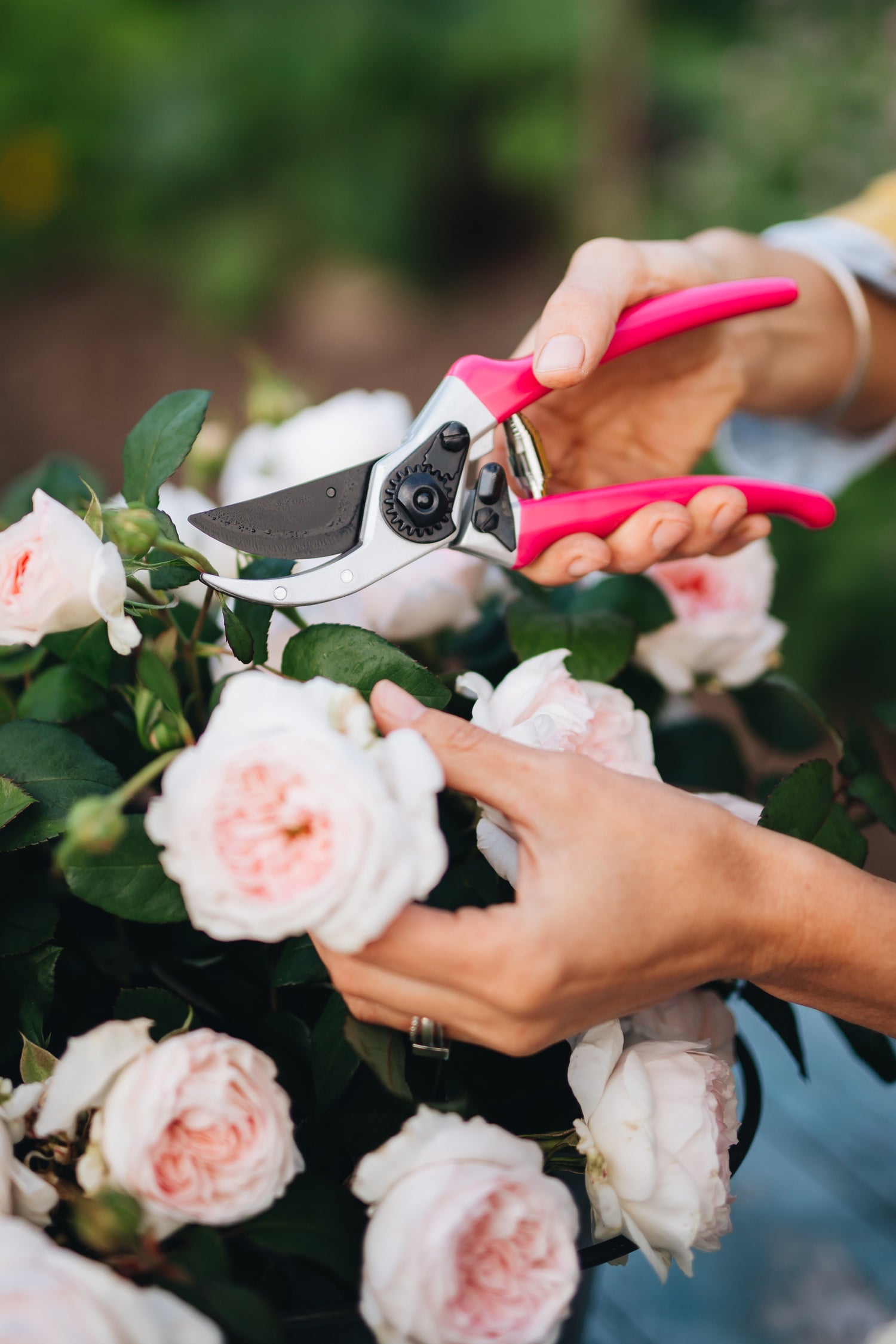Let’s be real, by October, the garden looks a little rough. Things are leaning, fading, and generally giving “end of the season” vibes. But this is also one of my favorite times out there. No pressure to make it pretty, no expectations, just me, my long sleeves, and the sense that everything’s winding down the way it’s supposed to. It’s the month where I get to reset, plan ahead a little (or a lot), and maybe even do a few lazy-but-smart things that my future self will thank me for.
To Reset or Not to Reset the Beds
One of the first things I look at this time of year is my raised beds. Some gardeners like to strip them completely clean so they have a brand new canvas ready for Spring, while others let nature do its thing and leave them as they are. Personally, I do a little bit of both.
If a bed had any sick or struggling plants, I clear it out completely (Straight to the trash can please) no reason to let disease or pests overwinter. But if it’s just leftover herbs or flowers that still look halfway decent, I’ll leave them until the frost really finishes them off and they will be that way until I decide to clean them in the early Spring. There’s something nice about seeing bits of green poking through on cold mornings, it feels less... empty.
Another reason I leave some beds alone is for the wildlife. You’d be surprised how much activity still happens out there during the colder months. Seed heads feed the birds, and fallen stems and leaves create little hiding spots for insects and small creatures trying to stay warm. It’s a tiny act of kindness that doesn’t cost me anything, and in return, they help keep my garden’s ecosystem balanced when spring rolls back around.

Compost Now or Compost Later?
Ah, the great compost debate, add it now, or wait until spring? I’ve done both, and honestly, there’s no single “right” way.
Adding compost now means the worms and soil life get to work breaking it down over winter, and by spring, everything is rich and fluffy. If you’re not ready or your compost pile isn’t quite ready, adding it in spring still gives your plants a nice boost right before planting time.
This year, I’m leaning toward doing it now, mostly because I know myself, and spring-me is always in a hurry to plant everything at once. Future me will thank present me for being responsible for once.
Leaves: The Free Gold of Fall
Let’s talk about one of the best (and cheapest) soil boosters out there, fallen leaves. I always joke that I have leaf envy because I don’t have a single tree on my property (Well, my honeysuckle isn’t known for producing lots of leaves anyways) So when I start seeing people bagging up perfectly good leaves and setting them out on the curb, you better believe I’m the person driving around like a little garden raccoon collecting them.
Shredded leaves make an incredible mulch or compost ingredient. You can layer them on top of your beds, mix them into your compost pile, or even just pile them in a corner to break down over time. But here’s a little trick that makes them even better: run them over with a lawn mower a few times before using them. I use a mower with a bag attachment, it chops the leaves into tiny pieces and collects them at the same time. Smaller pieces break down much faster and are easier to spread evenly over garden beds.
So even if you don’t have trees of your own, a quick drive (and maybe a friendly wave to a neighbor) can get you enough free compost material to feed your garden all year.

Saving Dahlia Tubers for Next Year
If you grew dahlias this year, first of all, good job, because they are so worth the effort, I grew quite a few myself this year and now is the time to gather all that energy into collecting tubers) October is the time to start thinking about saving those tubers. Once the first frost blackens the leaves, it’s your cue to dig them up.
I am sharing how I save mine, but depending on who you ask, you will find a lot of techniques that work for different people:
-
Cut the plant down so only a few inches of stem remain above ground.
-
Using a shovel or garden fork, carefully loosen the soil in a wide circle around the plant (give it some room, those tubers spread more than you think).
-
Gently lift the entire clump out of the ground. Shake off the loose dirt, but don’t wash them yet.
-
Let them dry for a day or two in a cool, shaded, and airy spot, somewhere like a garage or covered porch works great.
-
Once dry, you can gently brush off the remaining soil.
-
Label, label and LABEL again each variety (trust me, they all look the same later) and store them in a box or crate lined with peat moss, sawdust, or wood shavings.
-
Keep them in a cool, dark place where temperatures stay around 40–50°F, not freezing, but definitely not warm.
Every few weeks through winter, give them a quick check to make sure they’re not getting too dry or soft. It’s a little bit of maintenance, but come spring, you’ll have strong, healthy tubers ready to go right back into the garden.

Hydrangeas: To Prune or Not to Prune
If you have paniculata hydrangeas (the ones with cone-shaped flowers), you can prune them now if you want a tidier look. They bloom on new wood, so cutting them back won’t affect next year’s flowers.
That said, I personally like to leave mine until spring. Through winter, they give me a bit of a natural privacy wall, plus, those tall dried flower heads covered in snow are honestly just beautiful. More importantly, they also provide shelter and protection for birds during the colder months. I’ll often see little sparrows and finches tucked between the branches on freezing mornings, and it just makes the garden feel alive, even in its quiet season.
October gardening is like writing the closing paragraph of a really good chapter. You don’t have to rush it or make it perfect. A little cleanup here, a layer of compost there, a few bags of rescued leaves tossed in the trunk, it all adds up.
The garden might look sleepy right now, but trust me, it’s already dreaming about next spring.
Happy gardening friends,
Rox

